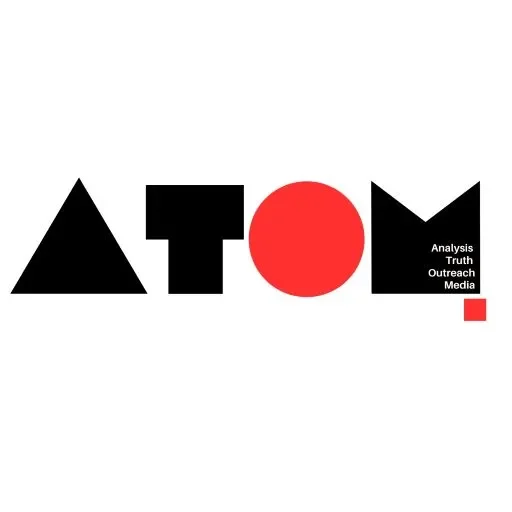Prime Minister Narendra Modi inaugurated the Mumbai Trans-harbour link (MTHL) on Friday, officially named ‘Atal Bihari Vajpayee Sewari-Nhava Sheva Atal Setu.’ The completion of this monumental project, executed at a cost exceeding Rs 17,840 crore, marks a significant milestone in India’s infrastructure development.
Atal Setu: A Marvel of Engineering Excellence
Spanning an impressive 21.8 km, the Atal Setu stands tall as a six-lane bridge, with a remarkable 16.5 km extending over the sea and an additional 5.5 km traversing over land. This engineering marvel is now recognized as the longest sea bridge in the country, showcasing India’s prowess in executing ambitious and complex infrastructure projects. Prime Minister Modi laid the foundation stone for the bridge in December 2016, setting the stage for a transformative initiative.
Historical Significance of the Atal Setu
The inauguration of the Atal Setu not only symbolizes a triumph in engineering but also carries historical significance. The bridge is a testament to the commitment of the Indian government towards advancing connectivity and reducing travel time between Mumbai and Navi Mumbai. The nomenclature ‘Atal Bihari Vajpayee Sewari-Nhava Sheva Atal Setu’ pays homage to the late former Prime Minister Atal Bihari Vajpayee, further adding a layer of reverence to the infrastructure project.
Connecting Communities: Key Features of MTHL
The Mumbai Trans-harbour link is poised to play a pivotal role in enhancing connectivity and fostering economic development. The six-lane Atal Setu aims to streamline transportation between Mumbai and Navi Mumbai, reducing congestion and facilitating smoother travel. As a critical link in the region’s infrastructure, it is expected to catalyze economic activities and propel overall growth.
Visionary Leadership: PM Modi’s Commitment to Infrastructure Growth
Prime Minister Narendra Modi’s leadership has been instrumental in realizing ambitious infrastructure projects like the Mumbai Trans-harbour link. The Atal Setu reflects the government’s commitment to developing state-of-the-art infrastructure that not only meets current needs but also anticipates future demands. The completion of this sea bridge is a testament to India’s engineering capabilities and its journey towards becoming a global infrastructure hub.
Future Implications and Economic Boost
The inauguration of the Atal Setu is set to unlock new possibilities for economic development in the Mumbai metropolitan region. Improved connectivity is expected to attract investments, spur industrial growth, and enhance the overall quality of life for residents. The successful execution of the MTHL project reinforces India’s capabilities in undertaking and completing mega-infrastructure initiatives.
In conclusion, the inauguration of the Mumbai Trans-harbour link, now adorned with the prestigious name ‘Atal Bihari Vajpayee Sewari-Nhava Sheva Atal Setu,’ is a momentous occasion in India’s infrastructure landscape. The bridge not only breaks records as the longest sea bridge but also signifies a leap forward in the nation’s commitment to creating robust, well-connected urban centers. Prime Minister Modi’s vision for transformative infrastructure is exemplified through such projects, laying the groundwork for a more connected and economically vibrant India.
Read more about Marketing News, Advertising News, PR and Finance News, Digital News.





